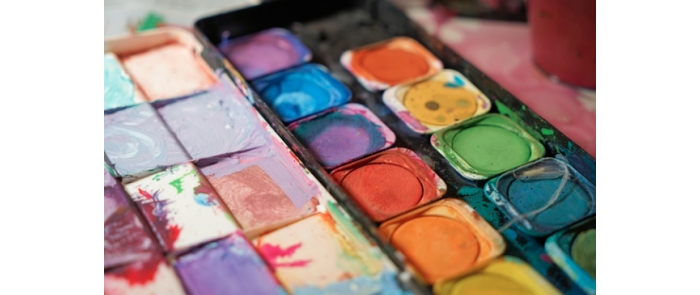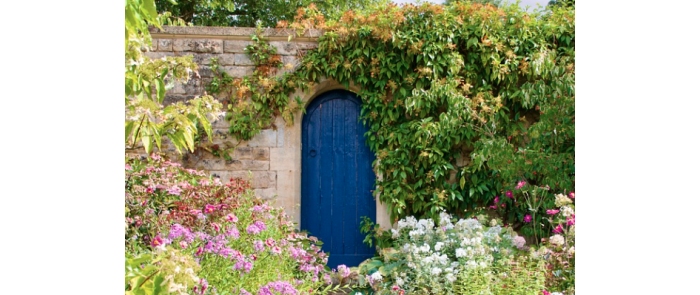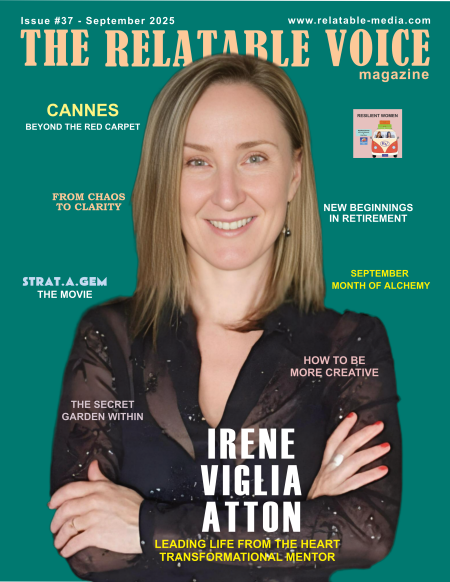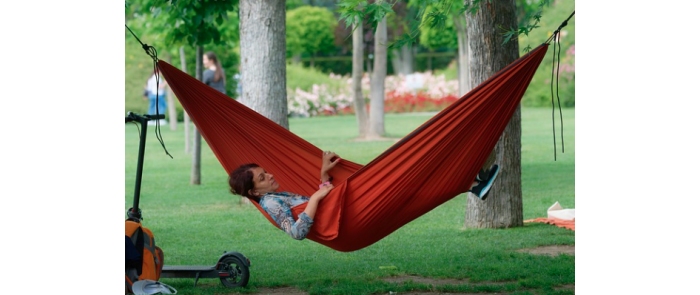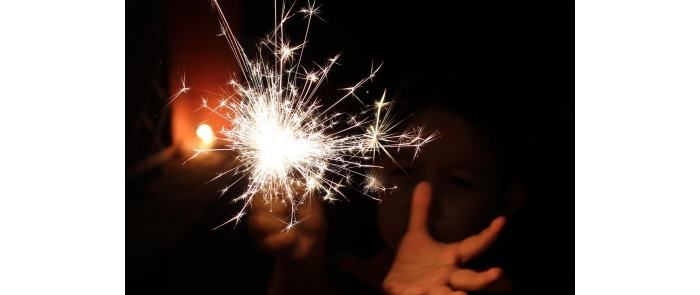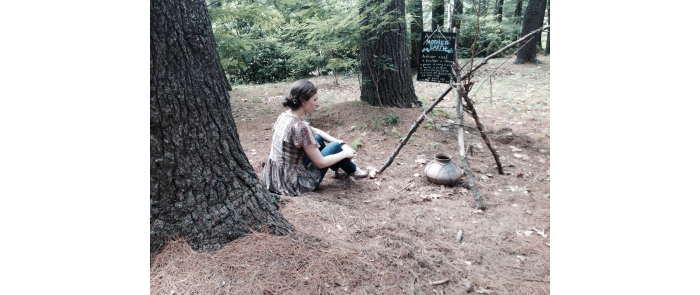Well, t’s that time of year when you give in to the candy limit because it’s a tradition!
Want to know how you can help your child calm down after a crazy day of too much stimulation? Here’s the trick! These top seven foods along with one of my audios will promote sleep and helps activate the parasympathetic nervous system- your body’s natural rest-and restore mode. Here’s the treat! With regular, daily practice, you and your child will feel more grounded and tap into inner resources for calm and restoration.
Top 7 Foods to Promote Sleep:
- Cherries, especially tart cherries contain a melatonin booster, inflammation reducer and also potent antioxidants like anthocyanin.
Anthocyanins are naturally occurring pigments found in various fruits and vegetables, such as blueberries, blackberries raspberries. Drink 100% tart cherry juice 1 hour before bed.
- Almonds, assists rest, calms your muscles to relax and are packed with magnesium and vitamin E. Eat 7-10 almonds or almond butter on dark bread 1 hour before bed.
- Bananas contain potassium and magnesium relax your muscles and adds B6 production of neurotransmitters.
- Oatmeal for dinner! Oatmeal contains zinc and tryptophan which converts to melatonin.
- Warm milk with nutmeg is a delightful taste and effective sleeping potion.
- Kiwi can be eaten alone or made into salsa with avocado. I hour before bed.
- Chamomile tea known for calming effects which can be sweetened with a teaspoon of honey or add warm milk and its nectar from the gods.
There it is! Dr. Roxie’s rescue remedies to promote sleep any day of the year.
Buy One Get One Free MP3s


